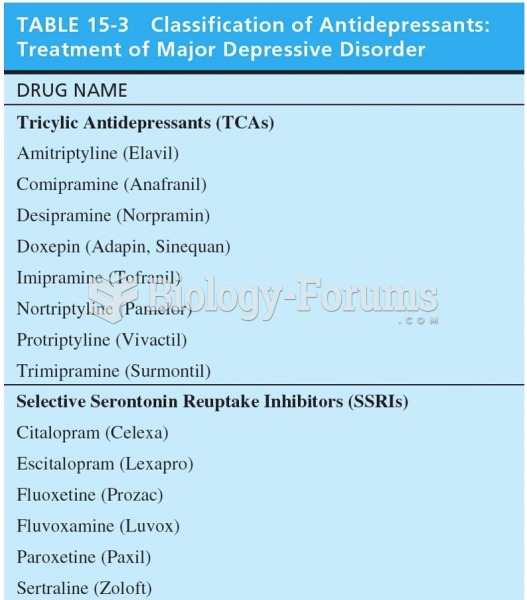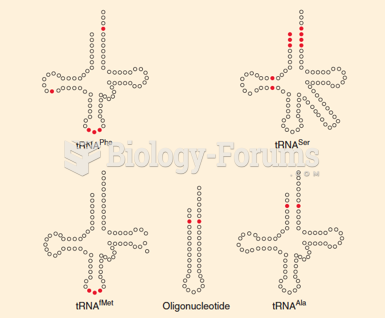Answer to Question 1
Blogs are, in a manner of speaking, everyman's way of communicating with others and establishing digital communities wherein individuals, mostly of like mind, can exchange their views on issues of personal relevance. It is in this context that products and brands are sometimes discussed. It is here where companies can endeavor to further enhance the equity of their brands and perhaps even to generate additional business. Brand marketers can develop their own blogs or simply place advertisements on blogs that are appropriate for the advertiser's brand. Though the numbers indicate that blogging is growing at an epidemic rate, this does not necessarily mean that blogs represent a viable advertising medium. Because advertising is often perceived as less than fully objective and is seen by many as an intrusion, the purpose for producing and consuming blogs may be antithetical with using blogs as an advertising vehicle.
Answer to Question 2
The three ways by which brand equity is enhanced are:
1 . Speak-for-itself approach. With this approach, favorable (or perhaps unfavorable) associations are built merely by allowing the brand to speak for itself.. That is, by trying and using brands, consumers learn how good (or bad) they are and what benefits they are (in)capable of delivering.
2 . Message-driven approach. Marcom practitioners in their various capacities can build (or attempt to build) advantageous associations via the dint of repeated claims about the features a brand possesses and/or the benefits it delivers.
3 . Leveraging approach. Brand associations can be shaped and equity enhanced by leveraging positive associations already contained in the world of people, places, and things, even other brands, that are available to consumers. The culture and social systems in which marketing communications takes place are loaded with meaning. Marketing communicators draw meaning from the culturally constituted world and transfer that meaning to consumer goods, and advertising is an especially important instrument of meaning transfer.







